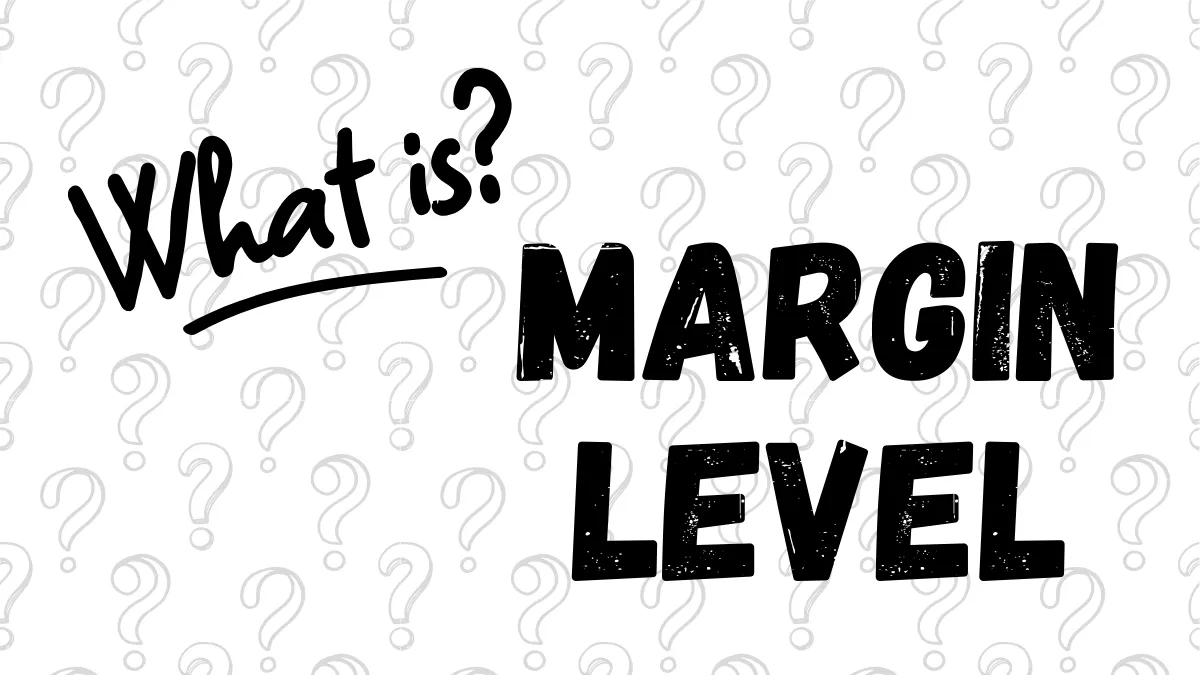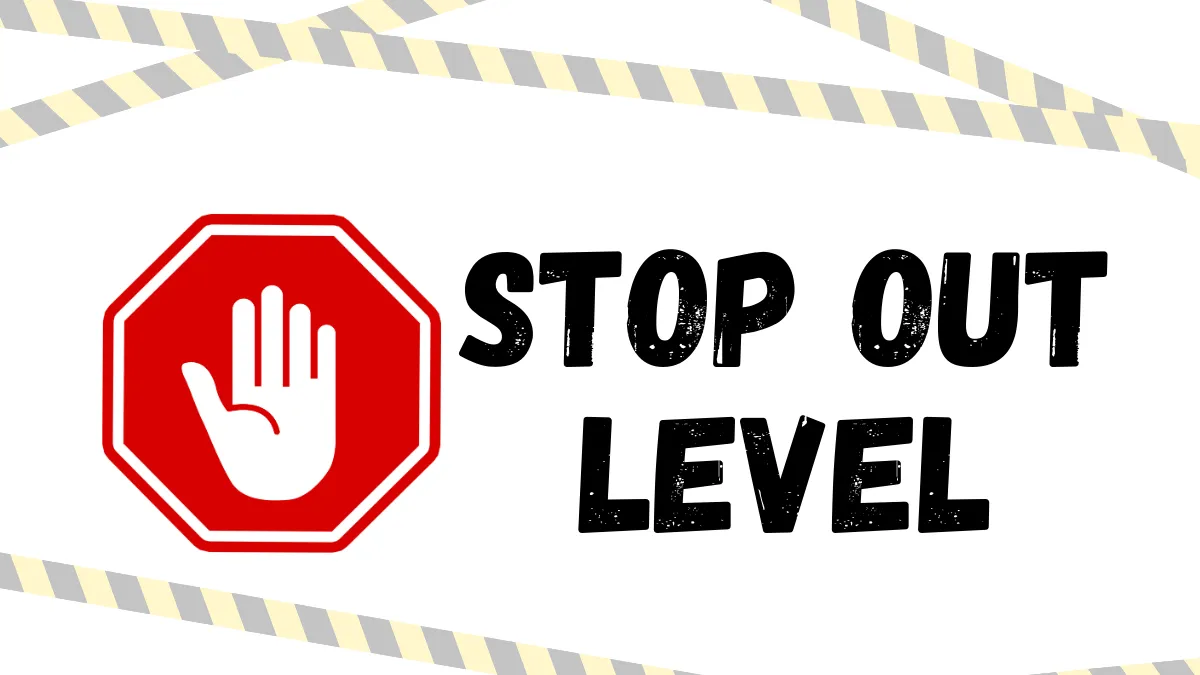EA Optimization and Overfitting: How to Improve EA and Avoid Pitfalls?
You may already have a basic understanding of Expert Advisor (EA) and know how to perform backtesting to evaluate the strategy's past performance.So, what’s the next step? Sometimes, you might wonder: "Can I make this EA perform better?"
This leads to the concept of "optimization."
But optimization is like tuning a musical instrument; if done well, the sound is more beautiful, but if done poorly, it may go out of tune.
When optimizing an EA, there is a common pitfall called "overfitting," which beginners especially need to be cautious about.
What is EA Optimization?
Simply put, EA optimization is the process of trying to adjust various settings of the EA (called "parameters ") with the goal of finding a set of parameters that performs best on historical data.Like tuning a radio: Imagine you are turning the dial on a radio to find the frequency with the clearest signal and best sound.
Optimizing an EA is a similar process where you adjust various parameters to find the "best frequency."
What to adjust?
There are many parameters you can adjust, depending on the EA’s design, such as:- The period of technical indicators (e.g., how many days to calculate a moving average).
- Entry or exit conditions.
- Stop loss or take profit points.
- Lot size per trade or risk percentage.
What is the goal?
The goal is to find a set of parameters that makes the EA perform best during backtesting, for example:- Maximize profit.
- Minimize risk (e.g., smallest maximum drawdown).
- Or other metrics you care about (e.g., highest profit factor).
How to do it?
Usually, this is done using the built-in optimization function of the trading platform’s Strategy Tester (such as MT4 or MT5).The platform automatically tries many different parameter combinations and tells you which combination performed best historically.
What is Overfitting? (A Pitfall Beginners Must Watch Out For!)
Optimization sounds great, but there is a big risk called "overfitting," sometimes also called "curve fitting."Meaning:
Overfitting means you have adjusted the EA’s parameters to fit a specific segment of historical data too perfectly.Like memorizing past exam questions:
Imagine you prepare for an exam by memorizing last year’s test questions perfectly, knowing every answer by heart.If this year’s exam questions change even slightly, you might not know how to answer them.
An overfitted EA is like this; it is too "familiar" with past exam questions (historical data) and cannot handle future real market conditions that are slightly different.
Why does it happen?
Because historical data contains not only the true market patterns but also many random, accidental fluctuations (called "noise ").When over-optimizing, the EA may learn and adapt to this noise as if it were a pattern.
What are the consequences?
An overfitted EA may look amazing in backtest reports (e.g., extremely high profits, perfectly upward equity curve), but in real future trading, its performance is often very poor and may even cause severe losses.Why is Overfitting a Big Problem for Beginners?
- Creates false confidence: Beginners may get overly excited by perfect backtest results after optimization, mistakenly thinking they have found a "holy grail," leading to unrealistic expectations of the EA.
- Leads to real losses: When the overfitted EA performs poorly in the real market, it causes real financial losses, which can be a big blow to beginners and deepen their fear of trading.
- Damages learning motivation: After experiencing the gap between "big profits in backtest but big losses in live trading," beginners may lose confidence in the EA or even trading altogether, thinking "it’s all a scam."
How to Avoid Overfitting? (Simple Advice for Beginners)
Completely avoiding overfitting is difficult, but you can take some steps to reduce the risk:- Don’t chase "perfect" parameters: When optimizing, don’t just look for the single parameter set that yields the highest profit. Try to find a range of parameters where the EA performs well and stably. Such parameter sets are usually more reliable.
- Use "out-of-sample" data testing: This is a very important step. Split your historical data into two parts: one for optimization (in-sample data) and the other completely excluded from optimization, used only to test the "best" parameters found (out-of-sample data).
If the EA still performs acceptably on out-of-sample data, it likely isn’t severely overfitted.
MT5’s Strategy Tester has a built-in Forward Testing feature to help achieve this. - [Most Crucial] Demo Account Testing: No matter how good the backtest and optimization results are, you must ultimately run the optimized EA on a Demo Account using live market data for a period (at least several weeks, preferably months).
This is the "real-world rehearsal" to verify if the EA truly works.
If it performs stably on the Demo Account, you can be more confident about using it on a live account. - Keep the strategy simple: Overly complex strategies with many parameters are more prone to overfitting. Sometimes, simple and robust strategies are better.
- Understand the strategy logic: Don’t just look at backtest numbers. Try to understand the trading logic of the EA and why it should be profitable.
If you yourself cannot explain why it works, be extra cautious.
Summary: Optimization is a Double-Edged Sword
EA optimization is a tool that can help you explore the potential of a strategy and try to improve EA performance.But it also hides the huge risk of "overfitting."
For beginners, understanding what overfitting is, why it is dangerous, and how to avoid it as much as possible is crucial.
Never blindly trust backtest results that look too good to be true.
Always verify your EA through out-of-sample data testing and long-term Demo Account testing.
Remember, there are no shortcuts in trading.
Maintain reasonable expectations, prioritize risk management, and keep learning to walk steadily and far on the path of forex trading.
Hi, We are the Mr.Forex Research Team
Trading requires not just the right mindset, but also useful tools and insights.Here, we focus on Global Broker Reviews, Trading System Setup (MT4 / MT5, EA, VPS), and Forex Trading Basics.
We personally teach you to master the "Operating Manual" of financial markets, building a professional trading environment from scratch.
If you want to move from theory to practice:
- Help share this article to let more traders see the truth.
- Read more articles on Broker Tests and Forex Education.




